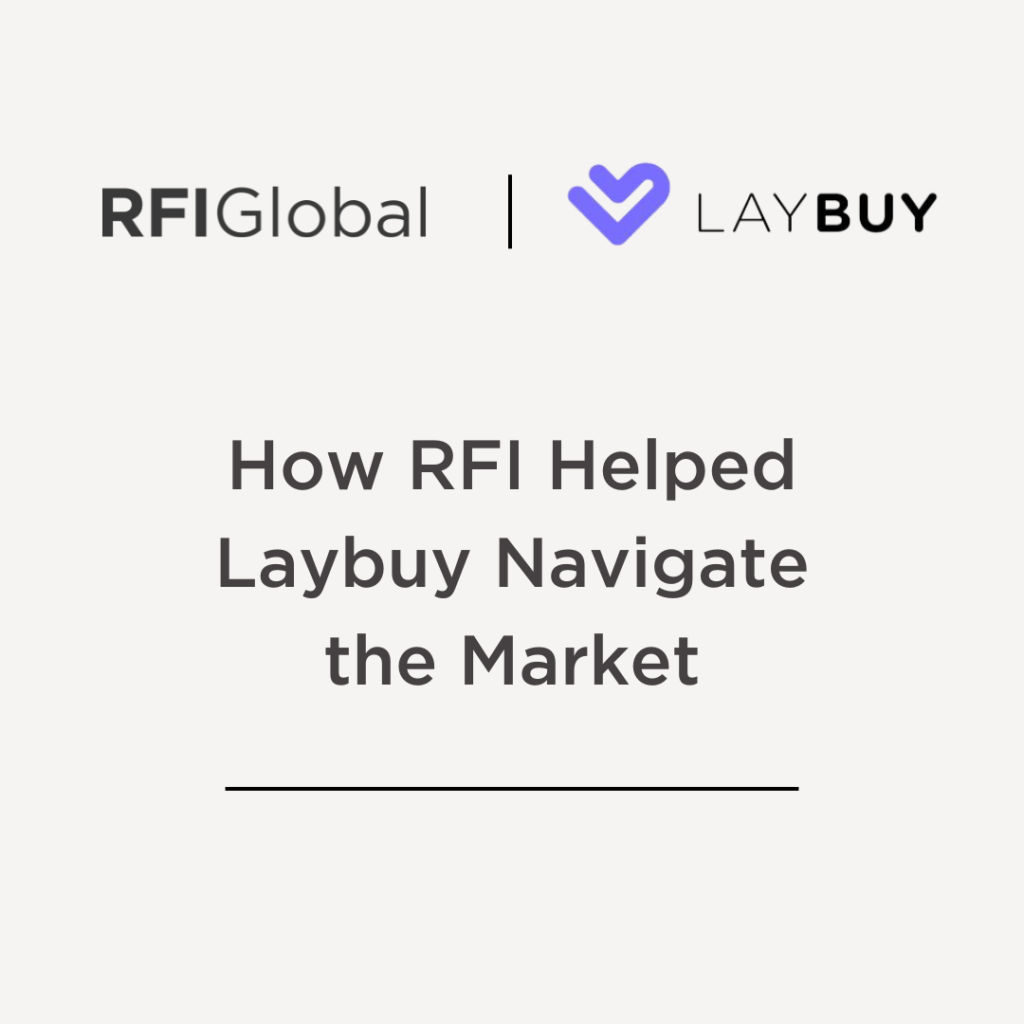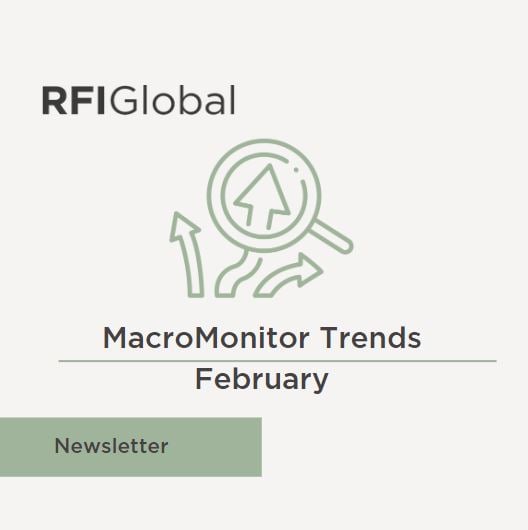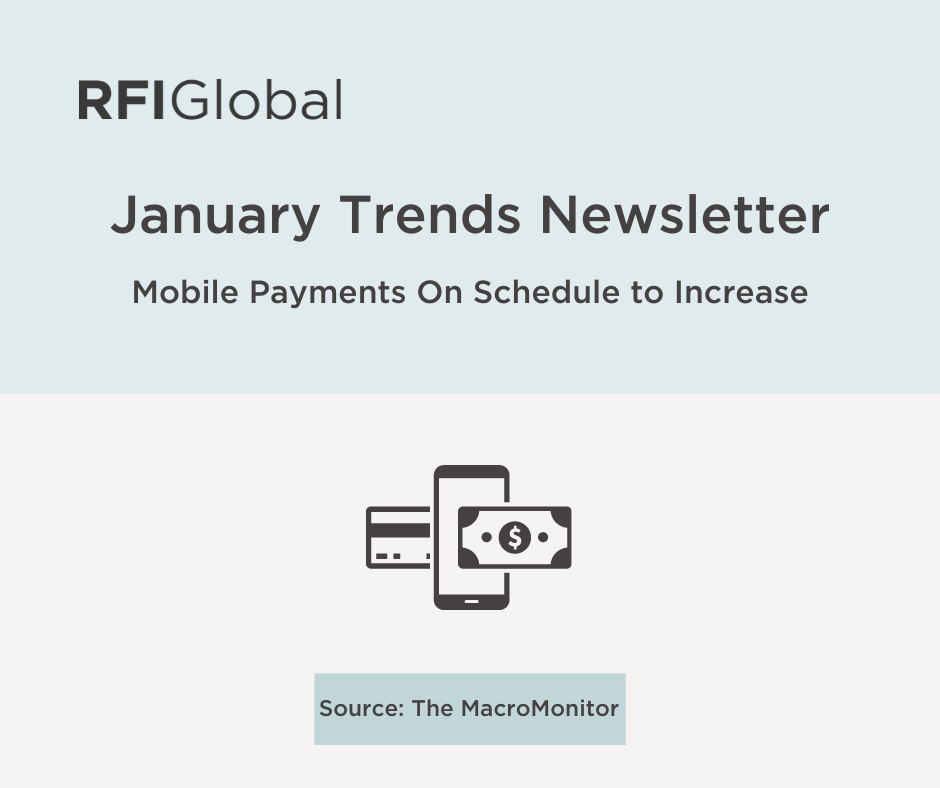Achieving SME Growth with Cross-border B2B Payments
- REGION :Global
- DATE : November 3, 2022
- AUTHOR : Mark Schultz - Global Head of Business Payments, RFI Global
Achieving SME Growth with Cross-border B2B Payments
- REGION :Global
- DATE : November 3, 2022
- AUTHOR : Mark Schultz - Global Head of Business Payments, RFI Global
B2B payments is an area of immense opportunity for global financial and payments providers, both as a revenue stream and a way to better engage with business banking clients. While larger businesses generally have a better experience when it comes to making B2B payments, nowhere is the discrepancy between the payment experience of large businesses and SMEs more evident than it is in the cross-border payment space.
RFI has conducted extensive work in the B2B payment space. This has shown that when it comes to making cross-border payments, Mid-Market businesses (those with annual revenue of USD10M+) are significantly more satisfied with the overall payment experience than their SME peers across key global markets. While this is typical of RFI’s broader business banking and payment research, the delta between satisfaction with various elements of the payment experience is markedly higher for cross-border payments than it is for domestic payments. Even looking at SMEs in isolation, satisfaction with the domestic payment experience is noticeably higher than for cross-border payments.
Taking US SMEs as an example:

Interestingly, the UK bucks this trend; while larger businesses are still generally more satisfied with the cross-border payment experience than SMEs, the differential is clearly lower than in other markets. Despite Brexit, the simplicity of dealing primarily with Euros and close links with the European mainland allows UK SMEs to avoid some of the challenges faced by SMEs in other markets.
SMEs themselves are well aware of the friction they face when making cross-border payments; When asked about their biggest cross-border payment challenge, SMEs were quick to identify the difficulty of initiating the transaction, the inability to track payments, delays in funds reaching the recipient, and a host of other challenges. However, one area that was conspicuously absent was cost/pricing; indeed, when looking at the drivers of satisfaction with cross-border payments among SMEs, factors such as the convenience of initiating the transaction and the amount of information you can send with the payment were considerably more strongly correlated with overall satisfaction than exchange rates or fees/charges. This indicates that SMEs are not particularly price-sensitive when it comes to cross-border payments; they are looking for a better experience rather than a cheaper one.
What can providers do to improve the cross-border experience for SMEs? A critical first step is developing an intimate understanding of the current international payment behaviour of businesses, including which markets to prioritize and what payment methods are currently being utilized. These topics and more are the subjects of RFI’s Cross-border Payments Report 2022 (Business), which covers 15 key global economies including the North American corridor. By understanding the international payments landscape as it stands today, both incumbents and challengers can identify opportunities to better engage and reduce the risk of attrition among existing customers, as well as potentially boost new customer acquisition by providing a better cross-border payment experience.
Current
Loud Budgeting and the Big Switch
21 Feb 2024 \ Budgeting
Avoiding the ‘Intergenerational Tragedy’
28 Nov 2023
The Rise of Mobile Wallets in Canada
14 Sep 2023 \ Payments
SME’s, Stress and Scrutiny of costs
29 Jun 2023 \ Sentiment \ SME
BNPL – Regulation and Legacy
31 May 2023 \ BNPL \ Regulation
March Trends Newsletter, The MacroMonitor
14 Mar 2023 \ Women
February Trends Newsletter, The MacroMonitor
15 Feb 2023
2023 – The Year of SoftPOS?
14 Feb 2023 \ SoftPOS
A Year in the Life of BNPL
02 Feb 2023 \ BNPL
January Trends Newsletter, The MacroMonitor
20 Jan 2023
2022 – The year that was
17 Jan 2023 \ banking predictions
Winning with Cross-Sell, Singapore Webinar
01 Nov 2022 \ webinar
Who are the FiTeRRs?
13 Sep 2022 \ inflation \ Mortgages \ Youth Banking
The Canadian Mortgage Market
08 Jun 2022 \ Canada \ Mortgages
The Global State of BNPL | Regional Deep Dive
05 May 2022 \ BNPL
RFI Report | Banking on Digital
30 Oct 2021 \ Global \ mobile banking
The BNPL Juggernaut
24 May 2021 \ BNPL \ In-depth Insights
Driving Sustainability in Finance
25 Apr 2021 \ Sustainability








































































/NQA-ISO-27001-Logo-UKAS.jpg)